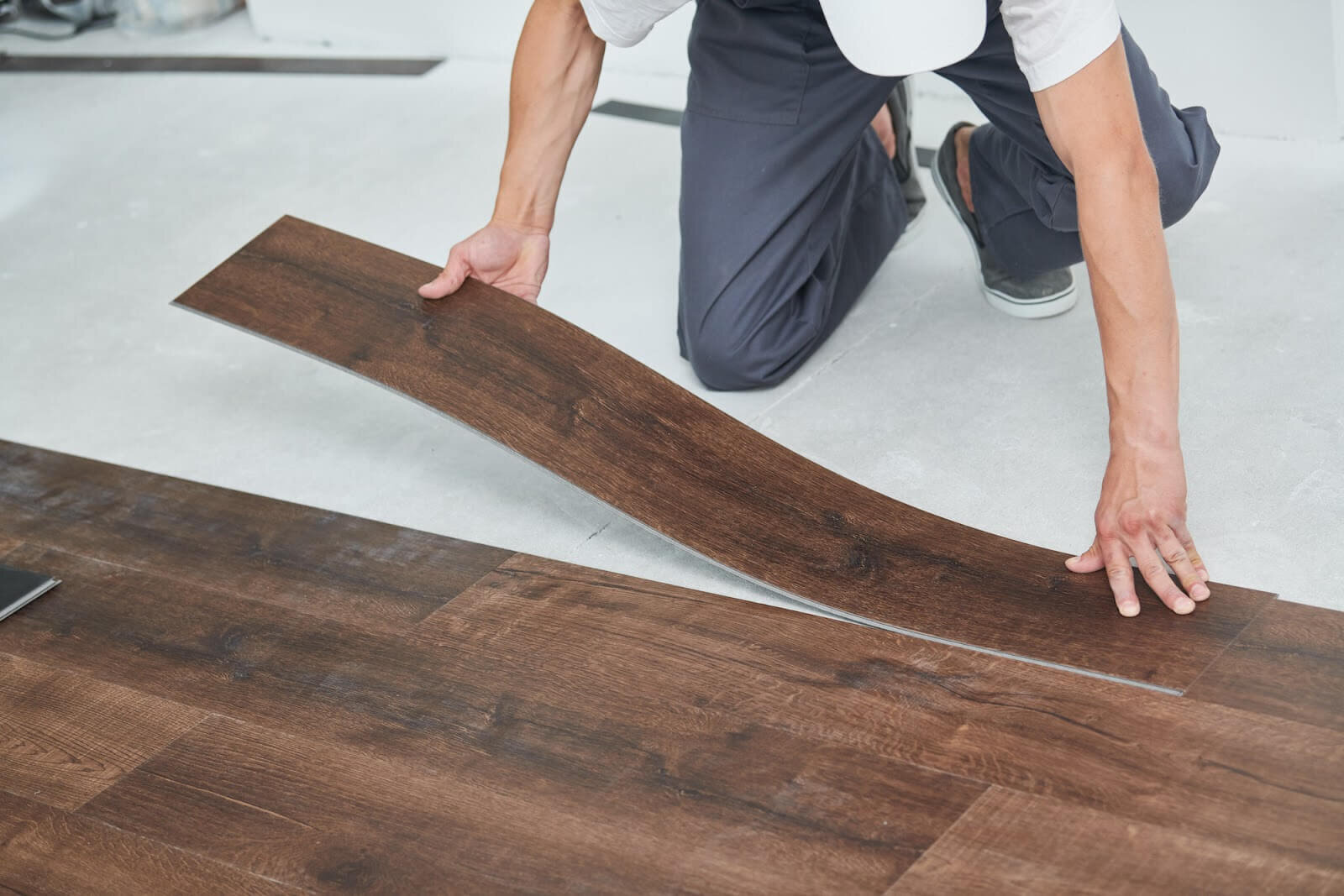In-floor planning, the first step is mainly a care program in which to know the flooring type to have in the facility. For all floors, not all surface treatments and cleaning methods are safe. Meanwhile, the wrong method used can be a costly mistake. When it comes to resilient flooring, it has grown from 13% to 20% of the flooring market mainly on a square footage basis over the last decade. It has been the category of fastest-growing since last five years. It is fueled in the part due to frequent specifications mainly insensitive building environments like schools, hospitals, and homes.
Types
⦁ Rubber Flooring
⦁ Luxury Vinyl Tile (LVT)
⦁ Vinyl Composition Tile (VCT)
⦁ Asphalt Asbestos Tile
⦁ Vinyl Asbestos Tile (VAT)
⦁ Linoleum Flooring
⦁ Sheet Vinyl Flooring
Benefits
⦁ Recyclability and long life cycle- They derive extreme durability mainly from vinyl’s inherent performance characteristics. For decades, they can perform along with minimal maintenance and usually by eliminating replacement costs energy requirements, and raw materials for manufacturing shorter products of the lifecycle.
⦁ Documented sustainability- From the perspective of sustainability, this kind of floor is on the market as the most transparent product.
⦁ Energy Efficient- The vinyl takes the production of energy as less pound for pound in comparison to several competing materials comprising other major plastics. Chlorine is the chief raw material mainly derived from common salt.
Conclusion
It can be concluded that in the last many years there has been mainly a great focus de on the building material’s environmental impacts. This kind of flooring has become widely recognized as a selection of sustainable.

